How to shoot a Hollywood movie on your smartphone
There's a James Cameron in all of us
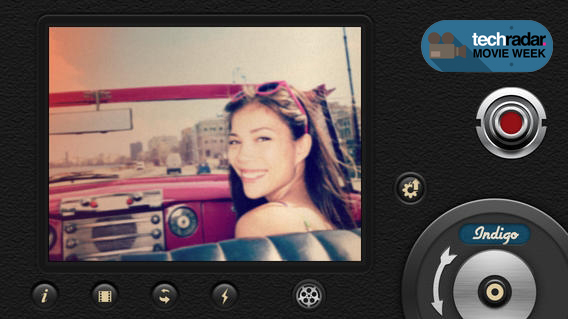
Think of the best smartphone movies and, at best, you'll be imagining that video you once took of your drunken friends trying to push over a cow before falling into a ditch. At least it was in HD.
But you should realise that your smartphone is silently weeping, hating you for not realising the untapped potential in its high power video camera, as quality and affordability have now aligned in such a way that almost anyone can become a filmmaker.
Don't believe us? Just look at the number of smartphone film festivals that have popped up, from Festival Pocket Films in France, to the iPhone Film Festival and Mobil Film Festival in America and the Olleh International Smartphone Film Festival in South Korea.
All of these and more are dedicated to films shot largely or entirely on smartphones and the number of smartphone film festivals and film makers is growing all the time.
Indeed Ruben Kazantsev, the co-founder of the iPhone Film Festival, told us that the number of smartphone film makers has grown a lot over the last couple of years, saying that "to date we have received submissions from over 70 countries, so this has truly turned into a worldwide event."
While Susan Botello, the brains behind the Mobil Film Festival has also noticed "exceptional growth" in the industry in recent years.
A booming industry
Film makers have already found significant success in the field. The first feature length smartphone film, SMS Sugar Man, was shot back in 2007 on a Sony Ericsson W900i and since then there have been several other full length movies and numerous shorts and music videos.
Get daily insight, inspiration and deals in your inbox
Sign up for breaking news, reviews, opinion, top tech deals, and more.
These include 'Olive', which was shot on a Nokia N8 with a 35mm zoom lens and was the first ever smartphone film to get a cinema release.
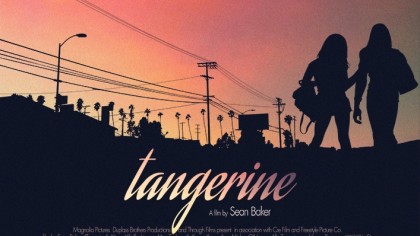
Perhaps most significant of all is Tangerine, a 2015 film shot exclusively on iPhone 5S handsets and picked up by Magnolia pictures for distribution.
As more major films are made on smartphones ever more people are getting involved and it's no wonder, as Botello believes that you don't need an expensive camera to make a great film.
Speaking about Tangerine, she said "their film was a great film but not because it was shot with a phone but because of the story and how it came together. I think that film is inspiring more filmmakers, and it should! Already we have proved that mobile films play on big screens like conventional films.
"When you get the audience in the theatre with the big screen and turn off the lights it's not about special effects or the latest superhero, it's about the story unfolding in front of you which absorbs you and is captivating. That is the value of a good film, no matter what camera you use."
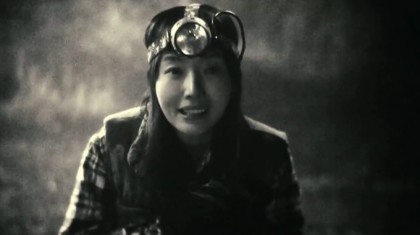
But Tangerine is just the tip of the iceberg. Other notable smartphone films include Park Chan-wook's Night Fishing short, which was shot on an iPhone 4 and won the Golden Bear for Best Short Film at the 61st Berlin International Film Festival.
You could also take a look at Departure, a film shot on iPhones by three different directors in three different countries and premiered at Cannes 2015.
So there's clearly an appetite for using the medium of a smartphone to create a feature length piece of cinematic glory, but surely a 'proper' camera makes more sense?
Power within
It might seem weird to think that a filmmaker would choose a mobile for their movie, particularly someone established like Park Chan-wook, who's better known for his award winning revenge thriller Oldboy, but with the powerful phones we have today it's not that much of a surprise.
"Smartphone film making is here to stay," Kazantsev told us emphatically, while Botello pointed out that there are even "people who are experienced in filmmaking who have reached into their pockets for their next films."
It's no surprise, as there are real advantages to shooting on a phone. For one thing, it's a lot cheaper than conventional camera equipment, and it also opens up the medium to a gigantic number of wannabe directors as manufacturers have smuggled this high-power tech into your pocket, removing the barrier for entry.
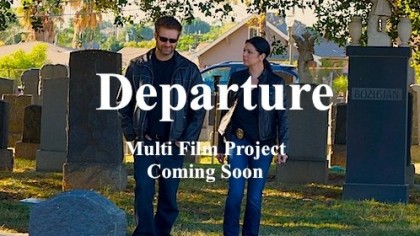
Not only does that empower almost anyone to be a film maker, but it also makes it easier to counter equipment problems on set. Kazantsev, also a producer on the smartphone film 'Departure', highlighted an issue that only a smartphone could have solved:
"During our filming of Departure we had a warehouse space for a limited time and we were down to the last scene with 20 minutes left.
"As we were getting ready to start filming I noticed my hard drive was full and had no time to download the footage to make room, since we had 20 minutes left.
"So I asked our crew 'who has an iPhone?' And almost everyone popped one out of their back pockets. If we did not have the backup cameras/smartphones we would have never gotten the last shot."
Filming on a phone also allows more risks to be taken as there's less money at stake. And because of their size and portability, smartphones can film almost anywhere, which potentially allows for shots that a traditional camera couldn't get.
A smartphone film called 'Goldilocks' included a scene where a phone was put in a ziplock bag, then placed in a glass and had wine poured on it while filming. If you're feeling a little more flush with cash, solid state microSD cards can be fitted to phones and flung around to get some truly amazing shots – you might smash the phone, but the footage will survive.
Smartphones also allow for more opportunistic filming, allowing you to capture moments that would otherwise be lost because you didn't have your video camera with you.
Nothing's perfect
Of course there are downsides too. Botello laments the lack of storage space on phones, telling us that "a phone with a great camera for video [but] low space makes it worthless."
She also argues that most phones have a horrible microphone and that the handling of low light situations needs to improve – elements which are being focused on quickly by the likes of HTC and Apple with multiple microphones with dual membranes to improve sound quality, and massively upgraded low light sensors in cameras.
Other issues include the fact that the battery will be drained quickly when filming and ideally you'll probably still want to invest in some other equipment, such as lights, microphones and a tripod.
But in their very nature smartphones are going to attract independent and guerrilla film makers. Those who are unable or unwilling to work within the system and who can't afford the major expenses of a standard film.
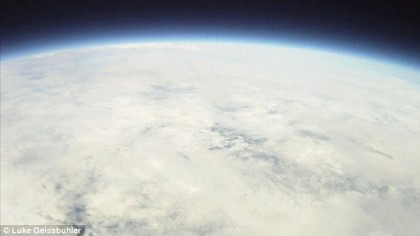
This leads to unique projects that perhaps wouldn't be seen in mainstream cinema, such as Luke Geissbuhler's 'Space Balloon' short, which involves an iPhone being shot into space and then falling back down to earth, all while filming.
- 1
- 2
Current page: Making a movie on your smartphone
Next Page How to make a movie with your smartphoneJames is a freelance phones, tablets and wearables writer and sub-editor at TechRadar. He has a love for everything ‘smart’, from watches to lights, and can often be found arguing with AI assistants or drowning in the latest apps. James also contributes to 3G.co.uk, 4G.co.uk and 5G.co.uk and has written for T3, Digital Camera World, Clarity Media and others, with work on the web, in print and on TV.